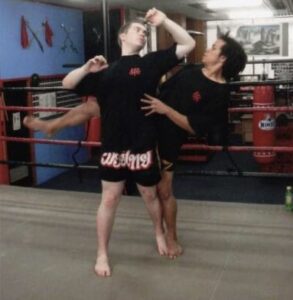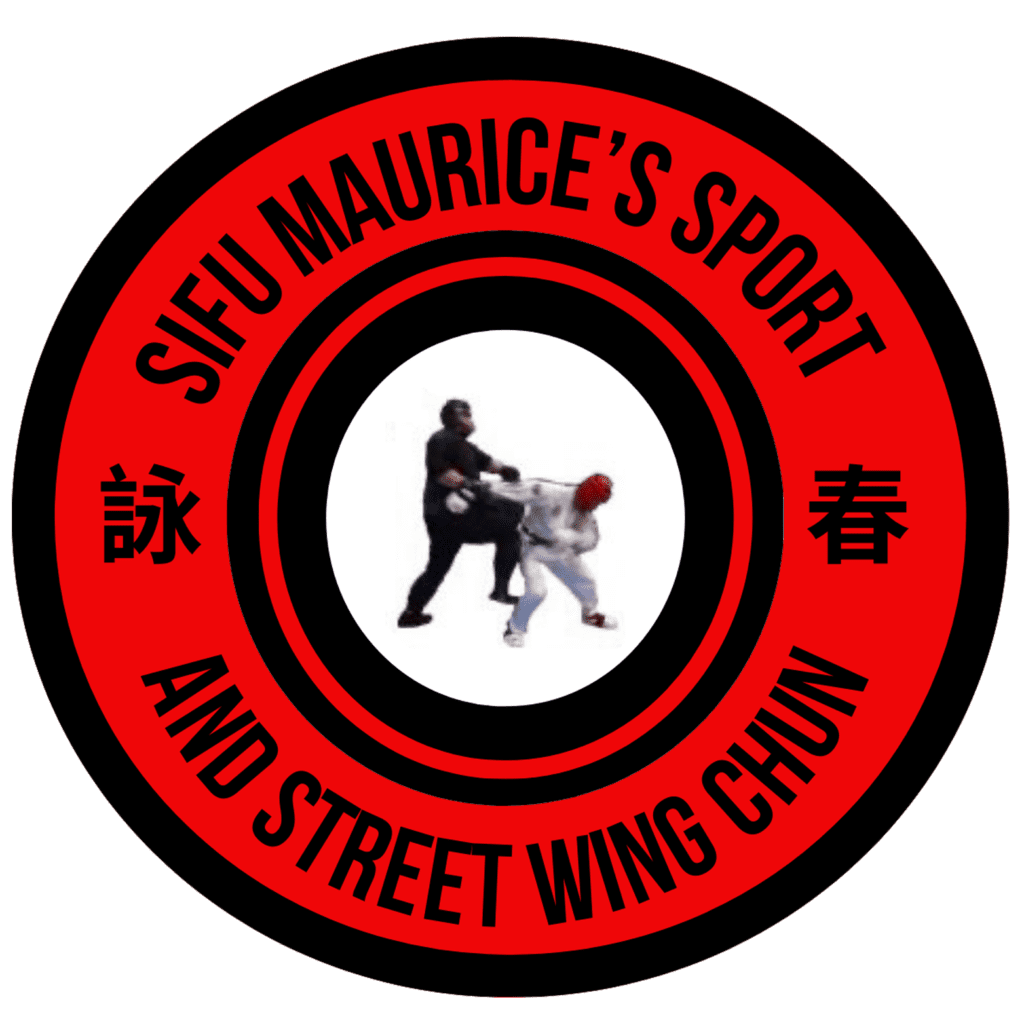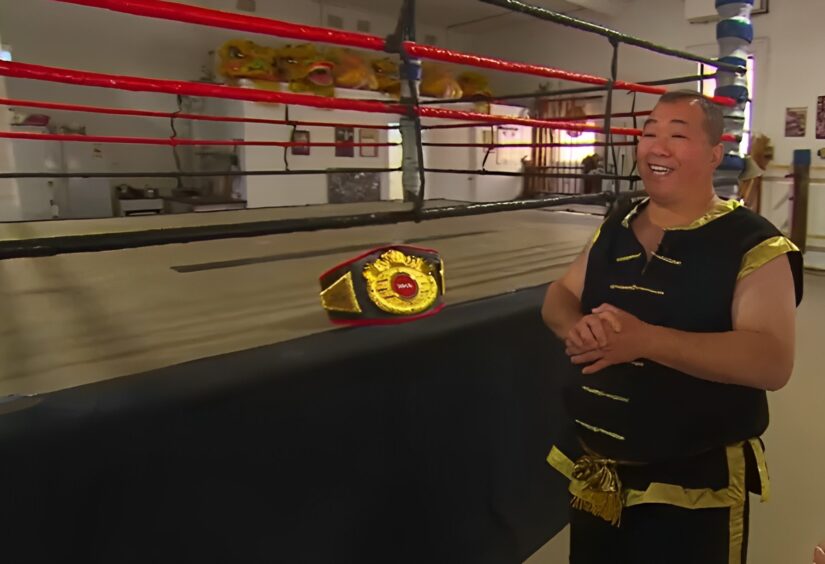What is the national martial art sport of Thailand?
By Maurice Novoa a master under the Yuen Kay Shan, Ip Man and Pan Nam lineages.
Introduction: Unveiling the National Martial Art Sport of Thailand: Muay Thai
When it comes to martial arts, every country boasts its unique and culturally significant disciplines. One martial art that has captured the hearts of millions and is deeply rooted in Thailand’s heritage is none other than Muay Thai. With its striking techniques, rigorous training, and rich history, Muay Thai has become the national martial art sport of Thailand.
What is Muay Thai?
Muay Thai, also known as “The Art of Eight Limbs,” is a combat sport that originated in Thailand. It is a form of kickboxing that utilizes fists, elbows, knees, and shins, making it a comprehensive and powerful martial art. The techniques involve using the entire body as a weapon, delivering devastating blows to opponents.
The Origins and History of Muay Thai
The history of Muay Thai dates back hundreds of years and is deeply intertwined with Thai culture and history. It is believed that the art form evolved from the ancient martial arts practices of the Siamese army, used for both self-defense and battlefield combat.
In its early form, Muay Thai was considered a rough and ruthless fighting style, with minimal rules and regulations. Over time, it evolved into a more organized sport, gaining popularity not only as a form of combat but also as a spectator sport. Today, it is practiced worldwide and has even found its way into mixed martial arts (MMA) competitions.
The Art of Eight Limbs: What Sets Muay Thai Apart?
Muay Thai stands out from other striking martial arts due to its unique use of all eight limbs – hands, feet, elbows, and knees. This distinctive feature allows fighters to engage in close combat and use various techniques at different ranges.
The combat techniques of Muay Thai include punches, kicks, knee strikes, elbow strikes, clinches, and sweeps. The art emphasizes strong, swift movements, making it highly effective in both offense and defense.
Muay Thai Training: A Path to Physical and Mental Excellence
Muay Thai training involves rigorous physical conditioning, endurance training, and technical drills. Students undergo intensive training to build strength, stamina, and agility, honing their techniques through repeated practice.
The training sessions usually consist of shadowboxing, pad work, heavy bag workouts, and sparring with partners. This comprehensive training approach not only prepares practitioners for combat but also improves their overall fitness and mental focus.
Muay Thai’s Influence on the Thai Culture
In Thailand, Muay Thai is more than just a sport; it is an integral part of the country’s cultural heritage. Muay Thai matches are major events, drawing large crowds and fervent supporters. The fighters are often regarded as national heroes, and the sport is deeply respected across the nation.
Traditionally, Muay Thai was associated with religious rituals and festivals, further cementing its cultural significance. Even today, the respect for the art form is evident in various aspects of Thai society.
The Rise of Muay Thai on the International Stage
Over the years, Muay Thai has gained global recognition and has become a popular combat sport in many countries. The establishment of professional organizations and the emergence of international competitions have contributed to its widespread popularity.
Many practitioners from around the world travel to Thailand to learn Muay Thai from renowned masters and training camps. The sport’s techniques and training methods have also influenced other striking-based martial arts, especially in the realm of mixed martial arts (MMA).
The Future of Muay Thai
As Muay Thai continues to grow in popularity worldwide, there is no doubt that its future is bright. The art’s beauty lies in its blend of tradition and modernity, offering practitioners a comprehensive martial art that fosters physical and mental well-being.
With its rich history and cultural significance, Muay Thai serves as a bridge between ancient traditions and modern combat sports. It will undoubtedly continue to captivate the hearts of martial arts enthusiasts and inspire new generations of fighters.
Felix Leong: The Bridge Between Muay Thai and Wing Chun
 My second grandmaster, Felix Leong, is a highly accomplished martial artist with extensive experience in various disciplines, including being a certified Muay Thai instructor. His expertise is reflected in the success of his students, who have achieved remarkable victories in numerous Muay Thai tournaments, including the prestigious King’s Cup in Thailand. With a full-size Muay Thai ring at his academy, Felix Leong provides a comprehensive training environment for students seeking to master both Wing Chun and Muay Thai.
My second grandmaster, Felix Leong, is a highly accomplished martial artist with extensive experience in various disciplines, including being a certified Muay Thai instructor. His expertise is reflected in the success of his students, who have achieved remarkable victories in numerous Muay Thai tournaments, including the prestigious King’s Cup in Thailand. With a full-size Muay Thai ring at his academy, Felix Leong provides a comprehensive training environment for students seeking to master both Wing Chun and Muay Thai.
The synergy between Muay Thai and Wing Chun is evident in their shared principles and techniques. The square stance, a hallmark of Wing Chun, complements the footwork and positioning utilized in Muay Thai, enhancing the stability and balance of practitioners in combat scenarios. Additionally, both martial arts emphasize the use of powerful elbow strikes, creating devastating close-range attacks that catch opponents off guard.
One distinctive advantage Felix Leong brings to the combination of Muay Thai and Wing Chun is his expertise in effectively blocking elbow strikes. Through years of training and practical application, he has developed specialized techniques to counter and neutralize these formidable attacks. This unique skill set sets his students apart and equips them with a well-rounded defense against elbow strikes.
By integrating the fluidity and adaptability of Wing Chun with the fierce strikes and clinch work of Muay Thai, Felix Leong creates a comprehensive training experience that hones both offensive and defensive abilities. This dynamic combination empowers his students to become well-rounded martial artists, capable of handling various combat situations with confidence and skill.
Felix Leong’s passion for martial arts and his dedication to nurturing his students’ potential have played a pivotal role in shaping successful fighters in the world of Muay Thai. His academy serves as a training ground for aspiring martial artists, instilling in them the values of discipline, perseverance, and respect.
Conclusion
The incorporation of Muay Thai into the curriculum of Felix Leong’s Wing Chun academy represents the integration of two powerful martial arts, each with its distinct advantages and techniques. The combination of Wing Chun’s square stance and precise elbow strikes with Muay Thai’s powerful strikes and clinch work creates a formidable and well-balanced skill set in his students.
As a certified Muay Thai instructor and a highly experienced Wing Chun grandmaster, Felix Leong continues to make significant contributions to the world of martial arts, producing successful fighters and instilling in his students a deep appreciation for the art of combat.
Through his expertise and dedication, Felix Leong serves as a bridge between two exceptional martial arts, enriching the learning experience and empowering his students with a diverse range of skills to face various challenges in the world of martial arts and beyond.

